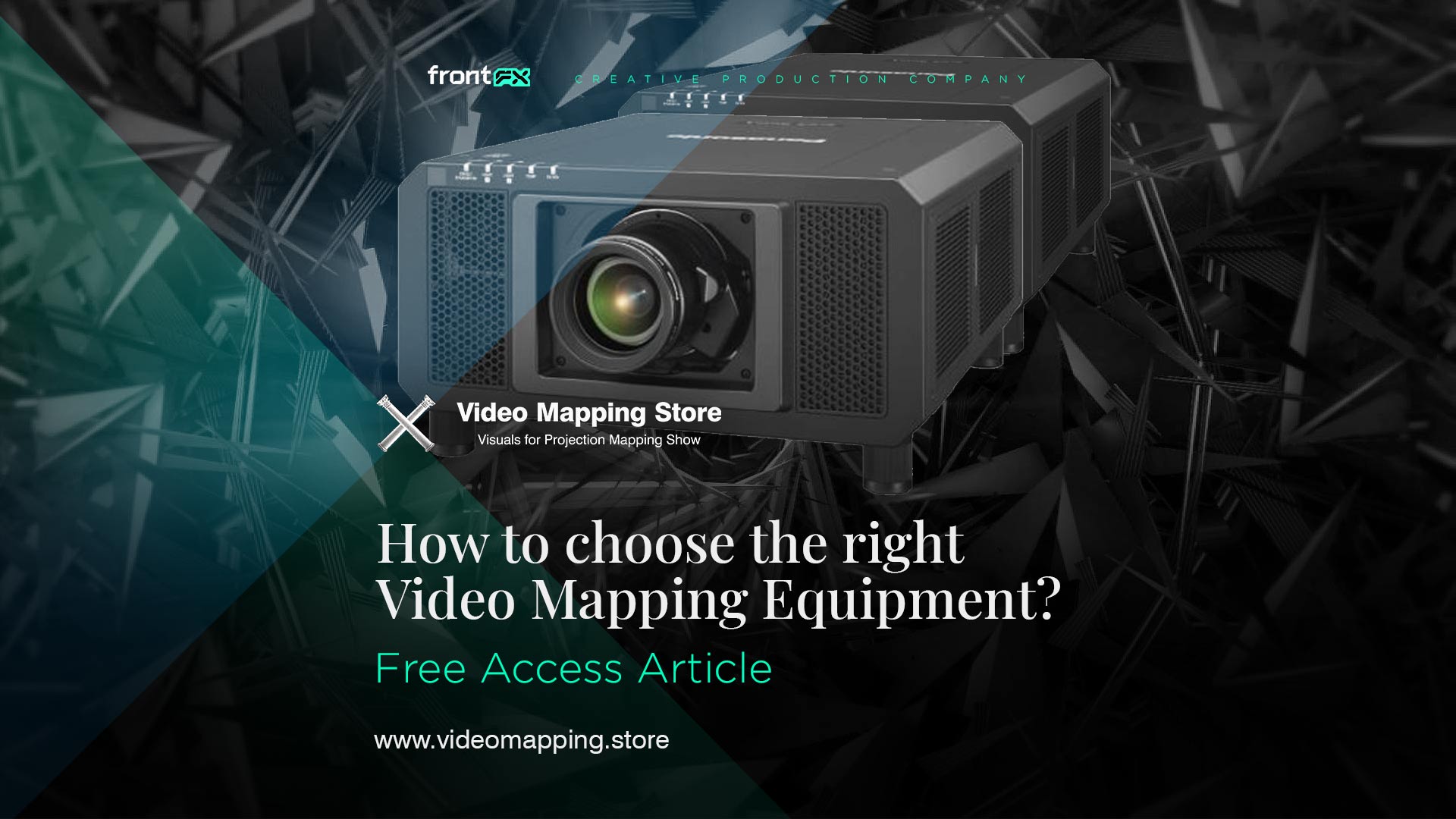How to choose a better Video Mapping Projector for Your events?
When it comes to planning a successful event, choosing the right projection mapping equipment is crucial. Projection mapping involves projecting images or video onto three-dimensional surfaces, such as buildings, stage sets, or even objects like cars or sculptures. By carefully aligning the projections with the shape and contours of the surface, it’s possible to create the illusion of movement or transformation.
There are a few key factors to consider when choosing projection mapping equipment for your event. First and foremost, you’ll need to think about the size and layout of your venue. Projection mapping requires specialized equipment and software, and the size of your venue will determine the type and number of projectors you’ll need to create the desired visual effects.
If you’re planning to use projection mapping in a large venue, such as a concert hall or convention center, you’ll need to invest in high-powered projectors that are capable of covering a large area. These projectors will typically have a higher brightness and higher resolution, which will allow you to create clear, detailed projections even in well-lit environments.
On the other hand, if you’re planning to use projection mapping in a smaller venue, such as a conference room or restaurant, you may be able to get away with using smaller, lower-powered projectors. These projectors may be less expensive and easier to set up, but they may not be suitable for larger venues or for creating detailed, high-resolution projections.
In addition to the size of your venue, you’ll also need to consider the type of projections you want to create. Do you want to project images or video onto flat surfaces, or are you looking to create more complex, three-dimensional projections? Different equipment is required for each type of projection, so it’s important to know what you’re looking for before you start shopping.
If you’re planning to create simple, flat projections, you’ll need a projector that is capable of producing a wide angle of projection. This will allow you to cover a large area without having to use multiple projectors. On the other hand, if you’re planning to create more complex, three-dimensional projections, you’ll need a projector that is capable of producing a narrow angle of projection. This will allow you to focus the projection onto specific areas or objects, creating the illusion of depth and dimension.
In addition to the type of projections you want to create, you’ll also need to think about the desired visual effects. Do you want to create static projections, or are you looking for something more dynamic, like moving images or video? The type of effects you want to create will determine the type of equipment you need.
If you’re planning to create static projections, you’ll need a projector that is capable of producing high-quality, detailed images. This may require investing in a projector with a higher resolution and a higher contrast ratio. On the other hand, if you’re looking to create moving images or video, you’ll need a projector that is capable of producing smooth, seamless transitions between frames. This may require investing in a projector with a higher frame rate and a faster refresh rate.
Another important factor to consider is the software you’ll be using to create your projections. There are a number of different software options available, each with its own set of features and capabilities. It’s important to choose software that is compatible with your equipment and that is capable of creating the projections you’re looking for.
Some projection mapping software is designed specifically for creating flat projections, while others are more geared towards creating three-dimensional projections. Some software is also better suited for creating static projections, while others are more geared towards creating dynamic, moving images.
Finally, you’ll need to consider your budget. Projection mapping equipment can be expensive, and it’s important to have a clear idea of what you’re willing to spend before you start shopping. It may be worth investing in more expensive equipment if it means being able to create higher-quality projections, but you’ll need to balance this against your overall budget.
In conclusion, choosing the right projection mapping equipment for your event requires careful planning and consideration. By taking the time to think about the size and layout of your venue, the type of projections you want to create, the desired visual effects, and your budget, you can ensure that you have the equipment you need to create a successful and memorable event.


